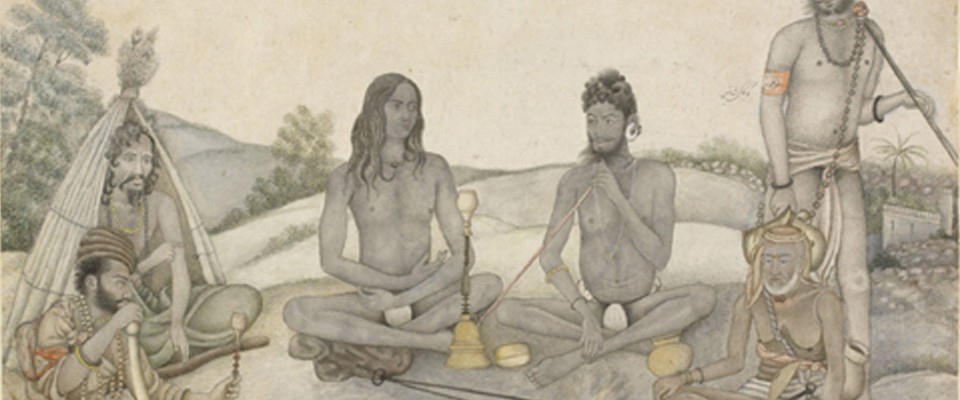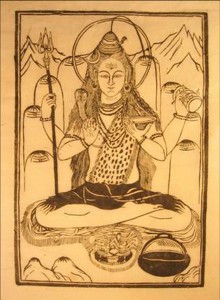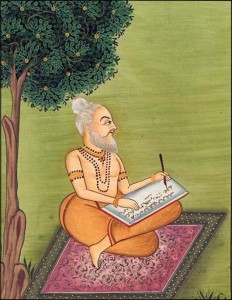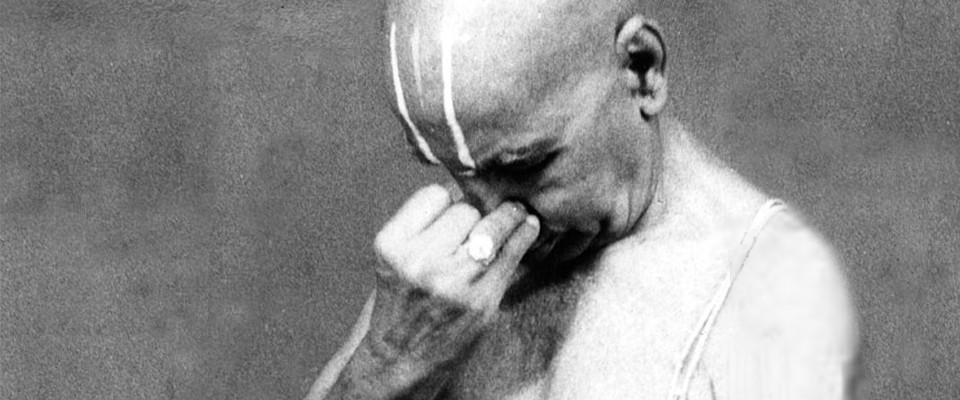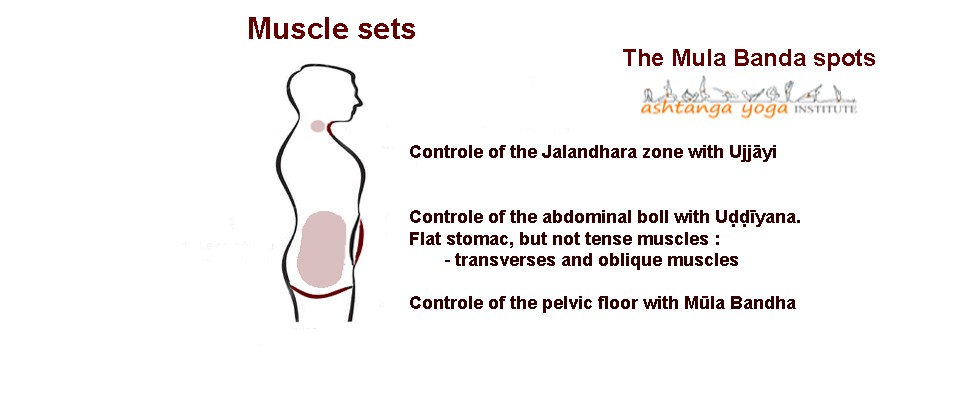Yoga for body, heart and soul…
When the rishi of ancient times developed yoga, the postures had a meaning and an aim apart from curing problems related to the back or to existential anxiety.
“Be young, age wall or old, sick or weak, one reaches the realization by practice, by sustained, relentless attention of all aspects of Yoga»
Haṭhayōgapradīpikā, I, 64
The aim of yoga is not a striving for bodily suppleness, it concerns peace of mind, the modification of the mind.
“The realization comes to one who is constantly engaged in practice. How would she come to the inactive? This isn’t simply by reading the treaties on yoga that perfection can be born”
Haṭhayōgapradīpikā, I, 65
The way of the body (Kaya Sādhanā)
The word “āsana” means position, posture, attitude and foundation. For the Indian sculptor, the position or physical bearing serves as a sign language and an emotional language codified and known by all. Hence, the postures of yoga represent archetypical figures. The practice of these figures in the context of a method permits the practitioner to re-establish links with his profoundest roots.
Finding in oneself the emotions of the body, the heart and the soul, accepting taking a step towards the unknown in order to discover a different balance, a different vision
With his body, man writes his dreams. By transcending himself, he creates a different reality, a new power, a new suppleness, and new sensations. This realisation requires going beyond stiffness and discomfort for many years of effort.
As expressed so well by Satprem in the title of one of his books, “Son of Heaven through the body of the Earth”, it is through this earthly body, this body of flesh, this material body (sthūla-śarīra) that we will, by practicing yoga, awaken the body of light, the body of energy (prāṇāyāma-kośa),
How did the concept of yoga develop?
This concept dominates all the philosophical speculations of India, reincarnation, metempsychosis. Present life shows but one stage in a multitude of successive lives that have as their common goal being painful and of which one absolutely needs to disengage oneself.
Transmigration, pain, deliverance…
For Indian thought, the existence of the soul is a given. This primitive belief was already held in prehistory. Actually, in the most ancient scriptures known, the individual soul presents itself as the pillar of all vital functions of man. The soul, (Ātman) is the “breath”, the “breath of life” (Prāṇa) par excellence, and the foundation of other breaths of life. It resides in the body and penetrates it completely.
The framework of yoga is very well defined in the Yoga Sūtra or Yogasūtra. The practitioner needs to learn to observe, to feel without complacence or remonstrance, to search for the state of transparency of self. Being true to oneself.
In the chapter Sādhana pāda of the Yoga Sutra, Patañjali describes Ashtanga Yoga. “Here are the eight limbs (aṅga), stages or branches of Royal Yoga (Rāja-Yoga)”.
- The prohibitions, yama ( यम ) or yamarāja ( यमराज )
- The injunctions, niyama (नियम ), five in number
- The physical posture, the āsana ( आसन ) 8 400 000 in number, the most well known: padmāsana
- Respiratory discipline, prāṇāyāma ( प्राणायाम ), which strictly prescribes inspiration and expiration in the postural practice and the holding of the breath in the techniques controlling the breath.
- The retraction of the senses, pratyāhāra, which leads the wise to
- Concentration, dhāraņā ( धारण ) which is pursued through
- Meditation, dhyāna ( ध्यान ) which is accomplished through
- The achievement and the contemplation of the Spirit, Samādhi.
“The body is like a flesh, the soul (ātman) is its master, intelligence (buddhi) is its driver, the spirit (manas) plays the part of the reins, as to the horses, these are the senses (indriya): the world is their course.”
Kaṭha Upaniṣad or Kaṭhopaniṣad 3.3
What yoga proposes is hence disciplining the human “vehicle” in its various aspects: perceptions and actions with sensuality and corporality, emotions and thoughts with mind and intelligence. Yoga is thus a discipline and a discipline is a space of freedom, it is a framework of freedom.
Only discipline will develop an ever-greater force of endurance, which will permit – once we encounter a difficulty in life (fatigue, illness, doubt, conflict, fear etc) – to continue our path with Peace, Force and Joy.
